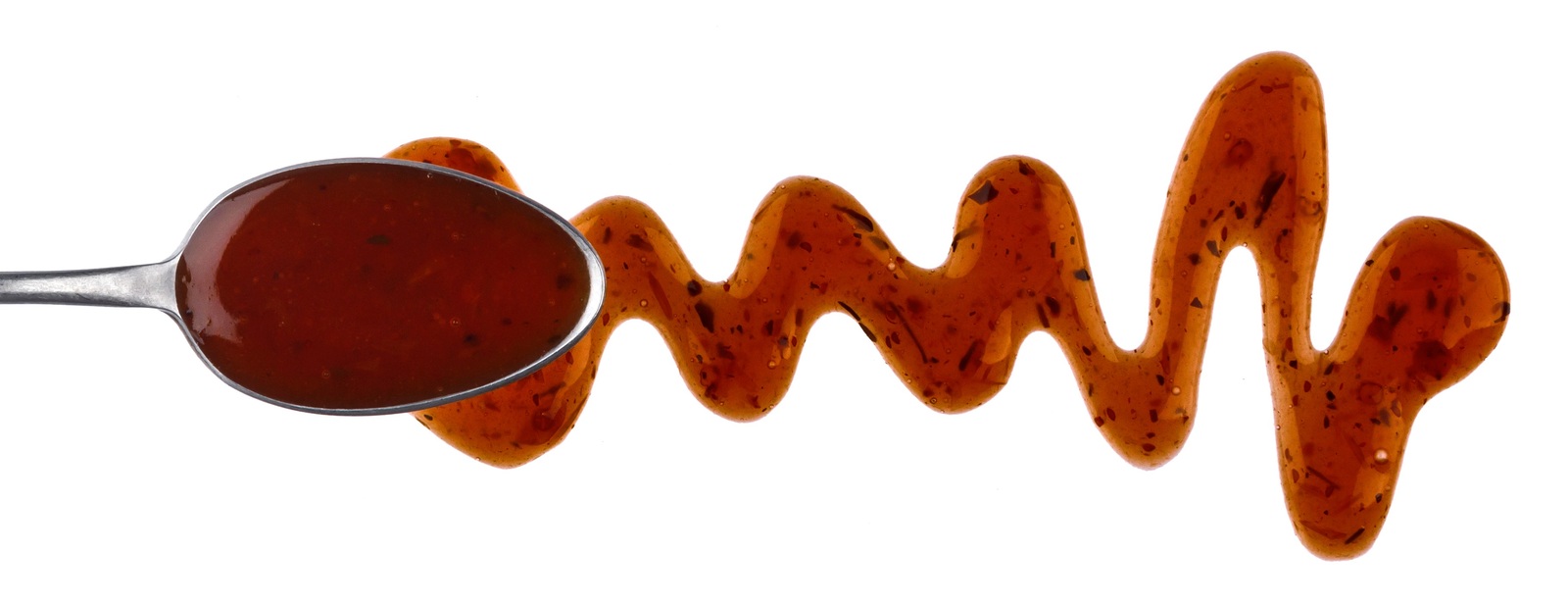DEAERATORS
Deaerators are used for removing dissolved gases from liquids to prevent oxidation and improve product quality
Deaerators are crucial for achieving consistent quality in the food industry. They are used for removing unwanted gases, primarily oxygen, from food products and liquids. This comprehensive guide explores the functionality, benefits, and applications of deaerators in food production.
Importance of using deaeration systems
In food processing, the presence of oxygen can lead to various issues such as oxidation, microbial growth, and flavor deterioration. Deaerators address these concerns by efficiently removing dissolved gases from liquids, ensuring product quality, purity, and longevity. By eliminating oxygen, deaerators contribute to extending the shelf life of food products, preserving their freshness and nutritional integrity.
The functionality of deaerators
Deaeration is achieved through a combination of mechanical and thermal processes. The liquid enters the deaerator chamber, where it is heated to the desired temperature. Simultaneously, a vacuum is applied, causing dissolved gases, particularly oxygen, to be released from the liquid and expelled from the system. The deaerated liquid emerges ready for further processing or dosing and packaging, devoid of unwanted gases that could compromise its quality.
Benefits of deaerators in the food industry
- Preservation of Flavor and Nutrients: By removing oxygen, deaerators help preserve the natural flavor, color, and nutritional content of food products, ensuring they maintain their freshness and appeal.
- Extended Shelf Life: Deaeration inhibits oxidative reactions, microbial growth, and enzymatic activity, resulting in longer shelf life and reduced food waste.
- Improved Stability: Deaerated liquids are more stable and less prone to chemical degradation, ensuring consistent quality and performance in food manufacturing processes.
- Enhanced Efficiency: Deaeration optimizes the efficiency of downstream processing equipment, such as evaporators and sterilizers, by minimizing the risk of fouling and corrosion.
Applications in food production
Deaerators are used across various sectors of the food industry:
- Beverage Production: Deaeration of water and other liquids used in beverage manufacturing, including soft drinks, juices, and alcoholic beverages, to enhance flavor and remove off-flavors.
- Dairy Processing: Deaeration of milk and dairy products improves texture, stability, and shelf life, benefiting products such as cheese, yogurt, and ice cream.
- Food Packaging: Deaeration of liquid food products before packaging prevents air pocket formation and ensures proper container filling and sealing.
- Confectionery: Deaeration of chocolate and sugar syrups eliminates air bubbles, achieving smooth textures in chocolates, candies, and confectionery coatings.
Innovative deaeration solutions at FoodTechProcess
At FoodTechProcess, we offer advanced vacuum deaerators to ensure consistent food product quality and purity. The deaeration systems are designed to meet the food safety and hygiene standards. Contact us at FoodTechProcess to select the right deaerator for your business.
A vacuum evaporator is a device used to evaporate liquids at lower temperatures by creating a vacuum environment, which reduces the boiling point of the liquid and enables efficient evaporation without thermal degradation of sensitive materials. Working volume up to, l: 1900 l.
- Heating: Electricity
- Material: Stainless steel
- Heating power, kW: 30
- Principle of operation: Batch mode
- Country of origin: Slovakia
- Working volume: up to 1900 l
The price is set for the basic version of the installation without additional equipment.
The vacuum homogenizer is designed for a wide range of processes such as for the production of mayonnaise, ketchup, various sauces, confectionery pastes and fillings, liquid or paste like products with a homogeneous structure. It is also suitable for the production of various creams, gels, shampoos and other products in the cosmetic industry.
- Built-in Ultra Shear bottom homogenizer
- Mixing device with movable scrapers
- Tilting version for easy unloading
- Wide range of applications
- Entirely made of food grade stainless steel AISI304/ AISI316 - option
- Compact design
- Lots of additional options to choose from
- Material: Stainless steel
- Principle of operation: Batch mode
- Country of origin: Slovakia
- Volume: 20l/ 50l
- Total power, kW: 2,3/ 2,4
- Voltage: 220-230V
- Max vacuum: -0,8 Bar
A vacuum deaerator is extensively used in the food industry to remove gases from products that may retain some bubbles post-processing. Additionally, a flow deaerator is utilized to minimize foaming in products, ensuring a denser structure, especially prior to packaging. Vacuum deaerators play a crucial role in eliminating specific odors from the products, such as in the production of juices, purees, and herbal drinks. This process significantly contributes to enhancing the overall quality and taste of the final product.
- Enhances product quality, structure, and shape
- Prevents oxidation by removing gases
- Preserves organoleptic properties and extends the shelf life
- Suitable for thick and viscous products
- The flow principle allows for the installation of this equipment in existing production lines
- Material: Stainless steel
- Principle of operation: Continuous mode
- Country of origin: Slovakia
- Voltage: 380-400V
- Max vacuum: -0,8 Bar
Deaerator is used for the removal of air bubbles from the puree. Price depends on the required volume and production capacity.
For more information, send us a request.┬Ā
- Productivity: 1000 kg/h/ 2000 kg/h
- Material: Stainless steel
- Principle of operation: Continuous mode
An evaporating unit is utilized to remove moisture from sweet substances through heating, transforming them into concentrated syrups or solutions.
- Material: Stainless steel
- Heating power, kW: 30
- Principle of operation: Batch mode
- Country of origin: Slovakia
- Voltage: 380-400V
- Geometric volume: 200 l
A cooking kettle and a vacuum mixer for periodic deaeration of products such as mayonnaise, ketchup, various sauces, creams, gels and pastes. It is one of the modifications of a vacuum reactor and a vacuum evaporator. The presence of a vacuum system allows you to create a vacuum after the cooking process and perform vacuuming (deaeration) to remove air bubbles with potential contaminants and obtain a product with a denser structure. Thanks to vacuuming, the product has an extended shelf life, since pathogens and microbes contained within are removed together with the air.
- Inclined design with gravity mixing, which is 30% more efficient than usual
- 100% emptying of the product after processing due to the bottom valve
- Easy to disassemble removable mixing device
- Possibility of connecting it to a CIP station for cleaning and washing
- Material: Stainless steel
- Principle of operation: Batch mode
- Volume: 100l
- Total power, kW: 0,12
- Max vacuum: -0,8 Bar
Vacuum homogenizer VMG M is the ideal solution for the production of pilot batches and the industrial production of a wide range of products of small and medium production. The price depends on the production capacity.
- Material: Stainless steel
- Principle of operation: Batch mode
- Country of origin: Slovakia
- Volume: 100l
- Max vacuum: -0,8 Bar
- Working volume: 50-80l
The vacuum homogenizer is designed for whipping mayonnaise, ketchup, various sauces, confectionery pastes and fillings, condensed milk, jams and marmalades, canned goods, as well as similar liquid or pasty products with a homogeneous structure.
- Homogenizer in an external circulation loop
- Built-in vacuum generation and retention system
- Modular design with numerous options
- Possibility of automatic dosing of ingredients (optional)
- No additional pump required for loading/unloading
- Automatic top cover lifting system
- Material: Stainless steel
- Principle of operation: Batch mode
- Country of origin: Slovakia
- Volume: 650l
- Total power, kW: 13,5
- Voltage: 380-400V
- Max vacuum: -0,8 Bar
































